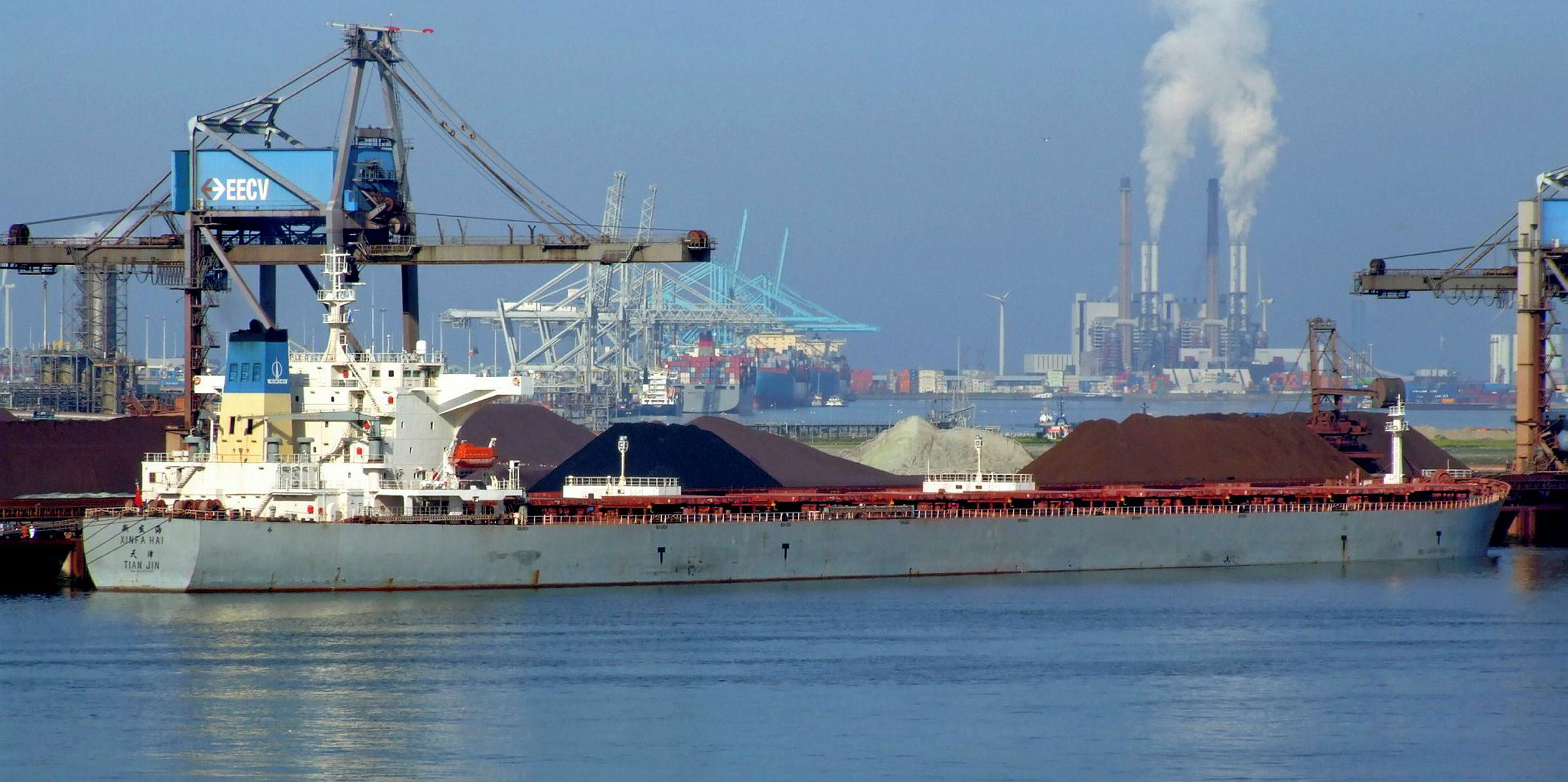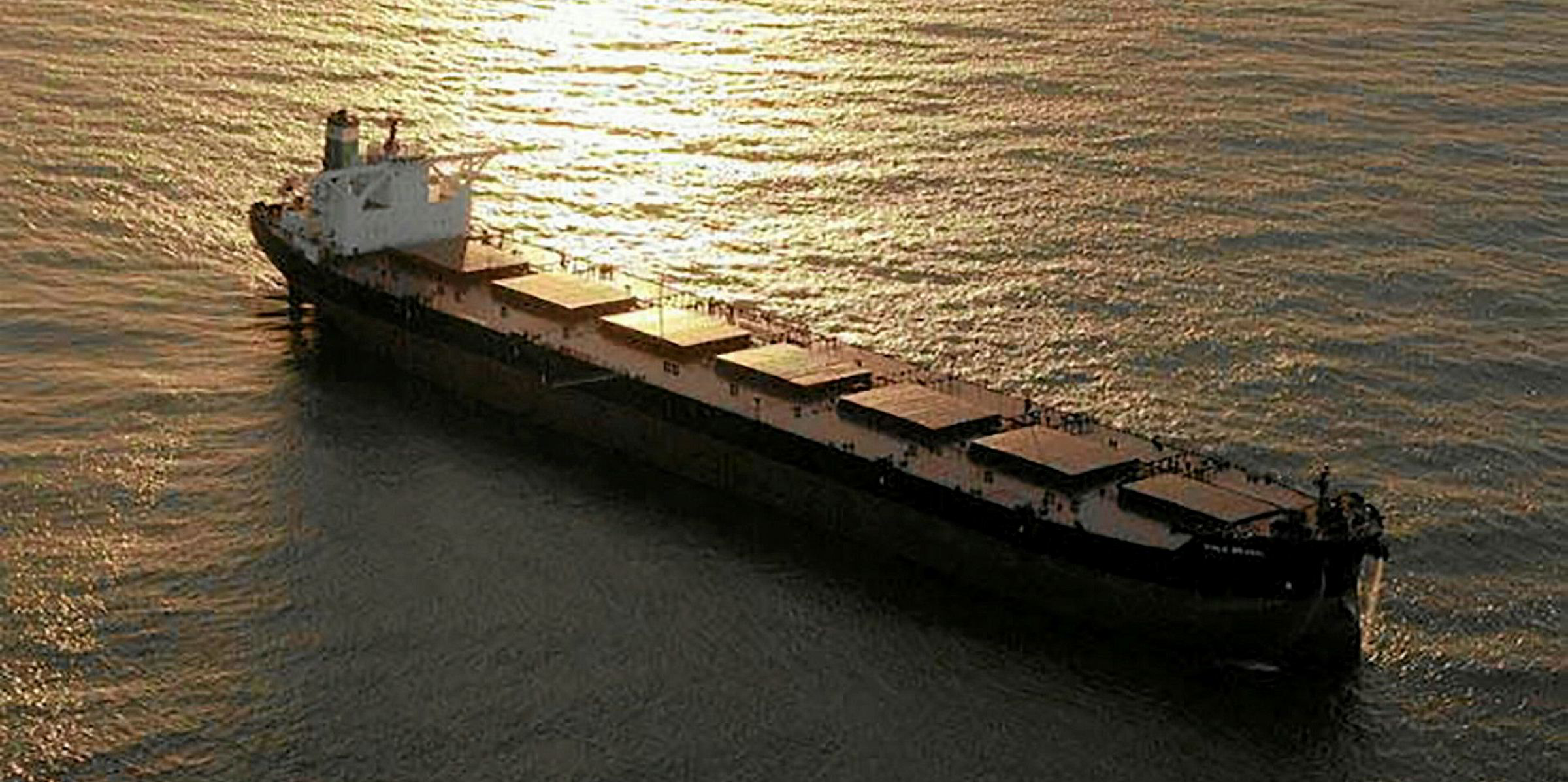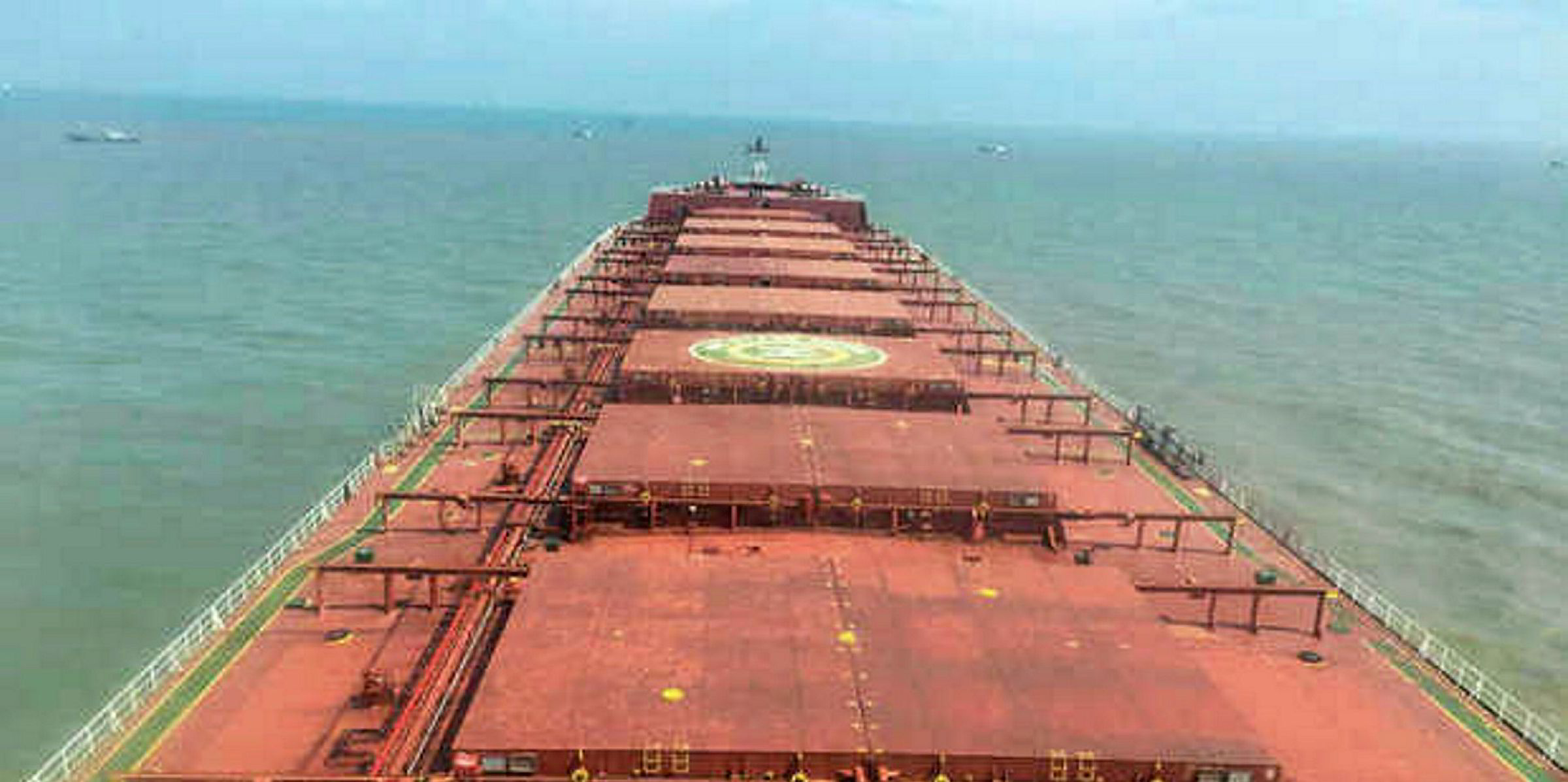Spot charterers in the capesize market are being forced into paying higher rates by a combination of improving fundamentals and escalating fuel costs.
Vessel supply relative to cargo demand is still tight in the Atlantic, which remains the principal driver of rising freight rates for capesizes. However, more costly fuel has added a new element to the mix.
“There has been a big move in the underlying price of crude oil," Derek Langston, head of research at London-based shipbroker SSY, told TradeWinds.
"In addition, a premium in Singapore bunker prices over Fujairah bunker prices has opened, resulting from high demand and some local supply issues in Singapore."
Fuel price volatility
Bunker prices have been volatile over the past week, especially in Asia, which is pushing up voyage rates and vessel operating costs.
The average price of 380 cSt bunker fuel last week rose by 18.3% in Singapore, 15% in Fujairah and 10.7% in Rotterdam last week, compared to the previous week, according to Clarksons data.
The average price per tonne was $512 in Singapore, $457 in Fujairah and $424 in Rotterdam on Friday, the data shows.
Assessments as of Tuesday show prices have fallen slightly from these levels, by around 6% in Singapore and by 4% in both Fujairah and Rotterdam.
Marine gasoil (MGO) prices have also risen across major bunkering hubs, but to a lesser extent.
Singapore has been worst affected, with average MGO prices rising by 7% week on week to reach $632 per tonne on Friday, according to Clarksons data.
Capesize market effects
Rates for capesize spot voyages rose again on Tuesday, mainly on the back of steady fixtures for iron ore cargoes from Brazil, which is ramping up its exports.
On Tuesday, a massive $2,204 per day was added to the Baltic Exchange’s benchmark for trips to China/Japan from the European Continent (C9_14), which was assessed at $53,545 per day.
The Tubarao to Rotterdam (C2) route was assessed $1.017 per ton higher than Monday at $12.306 per ton.
Likewise, an extra $0.991 per tonne was added to the Baltic assessment for the Tubarao to Qingdao (C3) iron ore route, raising the estimate to $25.973 per tonne from Monday's level.
In the Pacific, an extra $1,737 per day was added to the benchmark for round voyages from China via Brazil (C14), which stood at $28,414 per day on Tuesday.
The major Western Australia to Qingdao (C5) route rose by $0.359 to reach $10.491 per tonne.
Period market
Capesize time-charter rates, which do not include fuel costs, are also holding firm, thanks to a perfect storm of fundamentals working in owners' favour.
On Monday, mining outfit Anglo American was reported to have booked Cosco’s 174,800-dwt Xinfa Hai (built 2004) on a nine to 11-month charter at a rate of $18,500 per day.
The reported rate is $2,000 per day more than what was achieved by the last reported capesize fixed on an approximately 12-month-long contract in mid-June.
The Xinfa Hai will deliver in China between 25 and 30 July, redelivering worldwide.
Langston told TradeWinds that the current strength in time-charter rates is down to factors "such as a previous lack of capesize ballasters into the Atlantic following strong Australian iron ore exports and cape vessels leaving the market to have scrubbers fitted".
"This has helped tonnage lists in the Atlantic to tighten, with rising spot iron ore cargo availability from Brazil plus bauxite exports from West Africa and iron ore exports from Canada adding to a healthy volume of front-haul trade repositioning vessels to the Pacific," he said.






